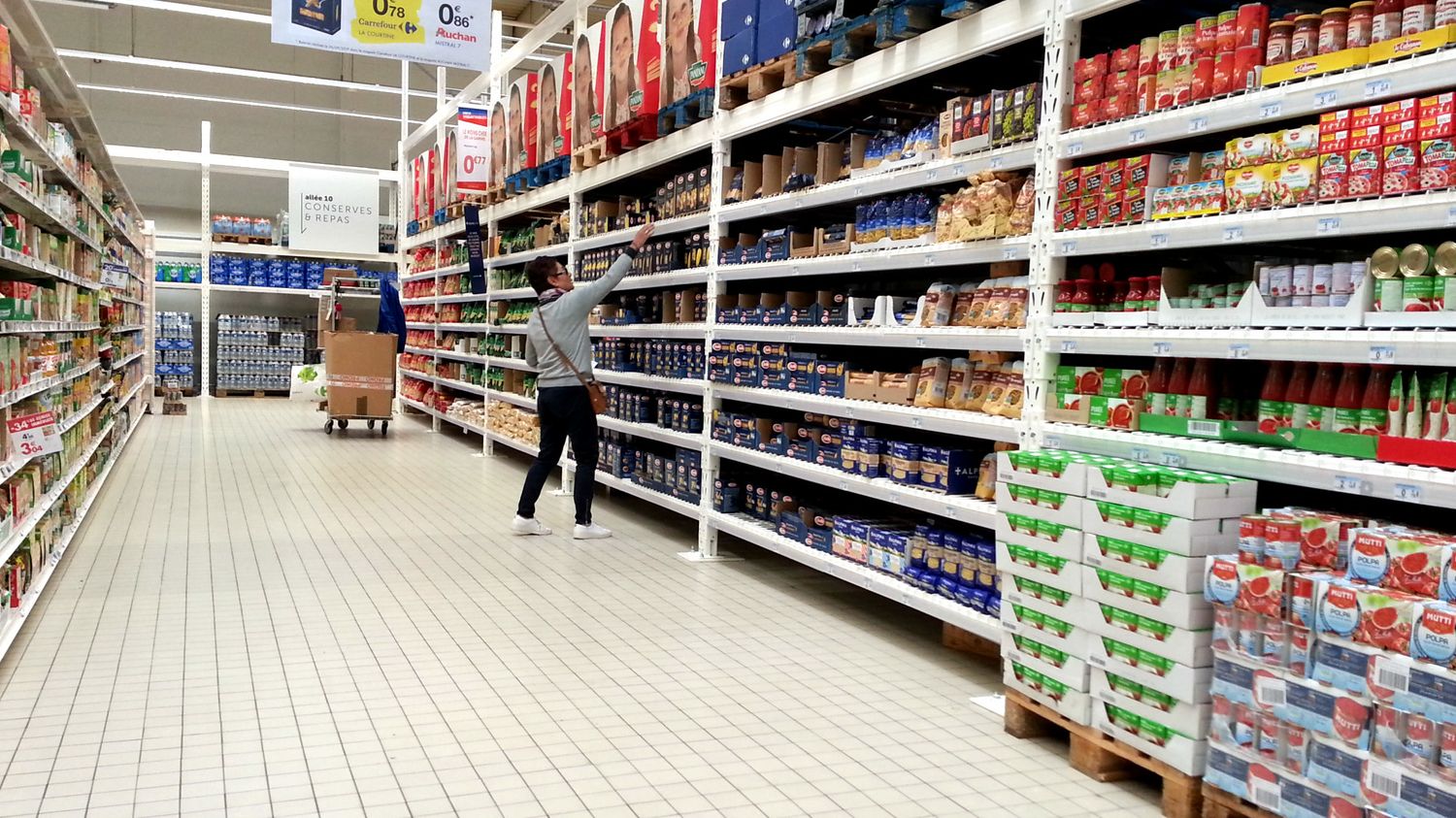It will make it possible to know the origin of processed products because, until now, the information was far from transparent.

Published
Update
Reading time: 2 min

A new food logo will appear on food packaging this summer. Called Origin’Info, it will appear in the form of a white rectangle with three country names inside, those of the origins of the three main ingredients of the recipe. For example, for spaghetti bolognese, you will have the origin of the wheat, tomatoes and meat, information that was missing until now.

While the origin of fruits, vegetables or meats is subject to mandatory display, the UFC-Que Choisir indicated in a survey at the end of March that two thirds of processed foods (canned foods, ready meals, sandwiches) have a opaque labeling.
But this logo will not be obligatory. To comply with European law, it is a voluntary system. At this stage, 80 companies have already signed the charter, indicates the Ministry of the Economy, notably large groups such as Fleury Michon, Bonduelle, Panzani and Saint Mamet. By the end of this year, more than 10 000 references could be affected. Consumer associations obviously regret that display is not obligatory but also that brands can display a QR code on the packaging to be scanned with the smartphone instead of an explicit label. This option was provided so that the company does not have to reissue the packaging too often when the ingredients of a recipe are modified, for example, over the seasons.
This display was, however, eagerly awaited, particularly by those who wish to consume locally to reduce the carbon footprint, or support local agriculture. For 80% of consumers, the origin of products, along with price, is one of the main purchasing factors, indicates the government and the Nutri-Score experience shows that a simple logo really influences consumption habits. This display, launched five years ago, which notes nutritional quality, is also not obligatory. It remains boycotted by 40% of brands. And yet, according to a French public health study, 90% of consumers favor it and nearly 6 out of 10 say they have changed their habits to consume products better rated by this label.
